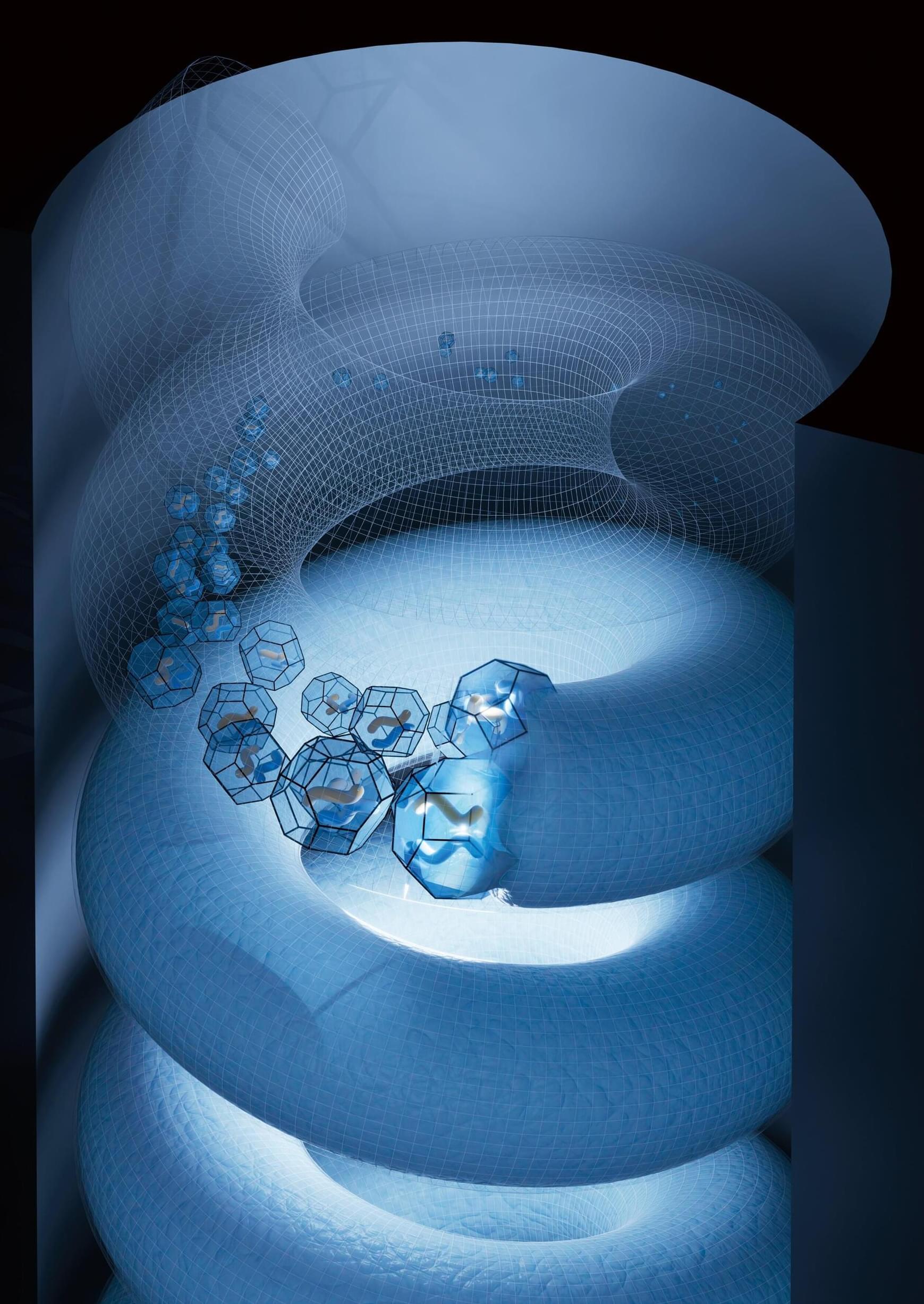Spintronics, or spin-electronics, is a revolutionary approach to information processing that utilizes the intrinsic angular momentum (spin) of electrons, rather than solely relying on electric charge flow. This technology promises faster, more energy-efficient data storage and logic devices. A central challenge in fully realizing spintronics has been the development of materials that can precisely control electron spin direction.
In a new development for spin-nanotechnology, researchers led by Professor Young Keun Kim of Korea University and Professor Ki Tae Nam of Seoul National University have successfully created magnetic nanohelices that can control electron spin.
This technology, which utilizes chiral magnetic materials to regulate electron spin at room temperature, has been published in Science.








